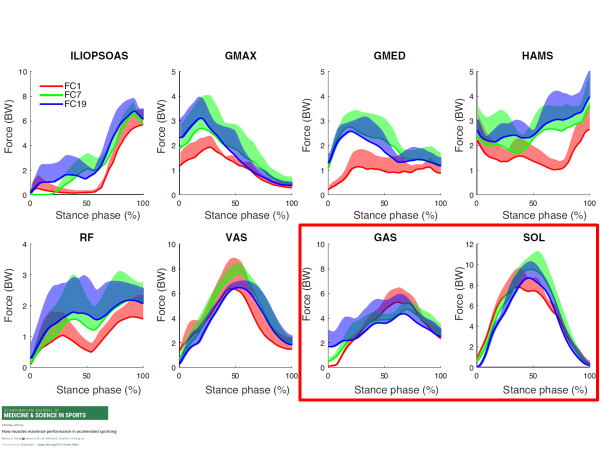How to test calf strength (plantarflexors) and it's relevance to Achilles tendons and sport.
A thread🧵
A thread🧵
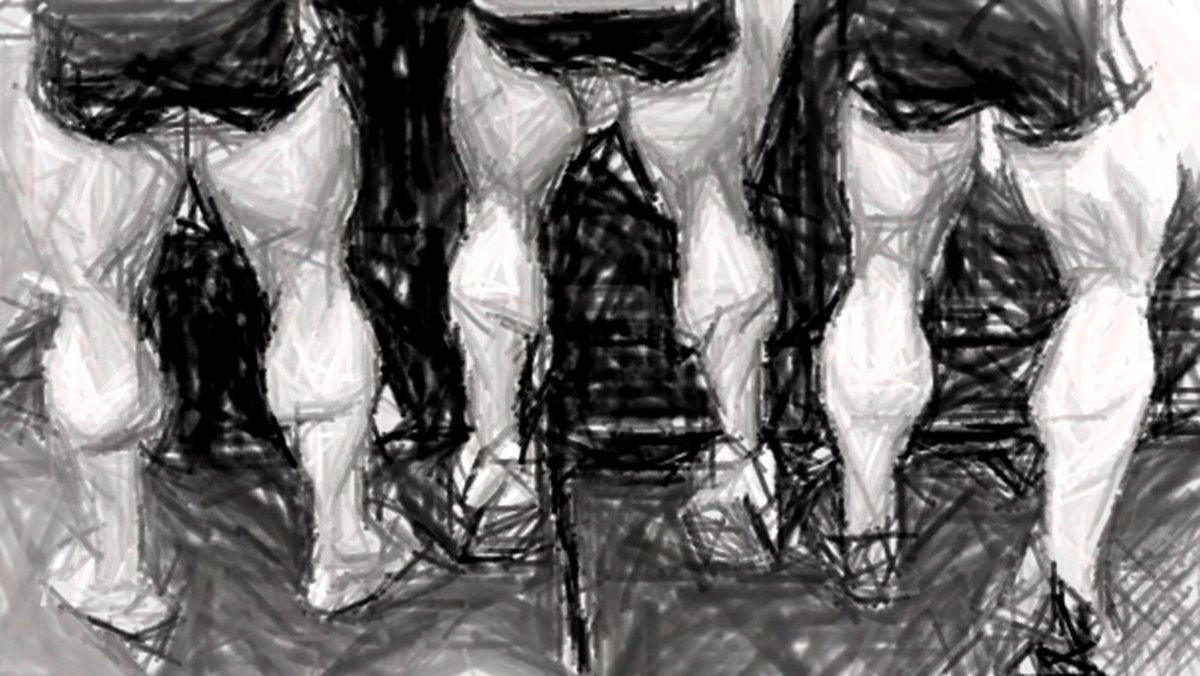
I was interested in plantarflexor function and the link to tendinopathy, this interest shaped by PhD.
We know that the strength deficits exist prior to the onset of tendinopathy pubmed.ncbi.nlm.nih.gov/16260469/
@mahieu_nele
But we didn’t know which muscle was affected or why?
We know that the strength deficits exist prior to the onset of tendinopathy pubmed.ncbi.nlm.nih.gov/16260469/
@mahieu_nele
But we didn’t know which muscle was affected or why?
A large problem was actually testing plantarflexor strength! Many studies used bespoke devices or variations of protocols using isokinetic dynamometry (IKD) with little justification for speeds, positions etc.
Making it difficult to compare studies
#Apples_Vs_Oranges
Making it difficult to compare studies
#Apples_Vs_Oranges

During my PhD I pondered whether muscle strength might be important during rehabilitation for tendon issues, after several tweaks we ended up with this ncbi.nlm.nih.gov/pmc/articles/P…
We therefore set about developing a test protocol that was relevant and reliable. This led to 2 intercalated medical students projects: on test-retest reliability and the outcome after 12 weeks of eccentric rehab using IKD
bjsm.bmj.com/content/48/Sup…
bjsm.bmj.com/content/48/Sup…
bjsm.bmj.com/content/48/Sup…
bjsm.bmj.com/content/48/Sup…
and later this full publication content.iospress.com/articles/physi…
showing that the tests were reliable ✅
#goodtogo
showing that the tests were reliable ✅
#goodtogo
Now we had a suitable regime we set about testing people with problems – we recruited healthy and injured people with Achilles tendinopathy.
This identified plantar flexor deficits in people with Achilles tendinopathy, using IKDs figshare.le.ac.uk/articles/thesi…
This identified plantar flexor deficits in people with Achilles tendinopathy, using IKDs figshare.le.ac.uk/articles/thesi…
We managed to get this work published and identified Soleus weakness in relation to #Achilles #tendinopathy sciencedirect.com/science/articl…
#SoleusIsKing
#SoleusIsKing
The problem with the studies I’ve mentioned so far is their use of IKD’s: This is :
Too expensive,
Too time consuming
Unportable,
And NOT accessible
All making it tricky to translate to clinical care.
Even if IKD measures gives us some really useful info its not practicle
Too expensive,
Too time consuming
Unportable,
And NOT accessible
All making it tricky to translate to clinical care.
Even if IKD measures gives us some really useful info its not practicle
We therefore set out to develop a simple clinical test and were linked by @MichaelRathleff with @FysioMeterDK . This led to two studies using it, one an undergrad BSc project presented at #ists2018 examining the reliability of the new device, the 2nd "the Isometric paper"
Initially our set up looked like this (left image)
And then altered to a new C-Station (right image)

And then altered to a new C-Station (right image)
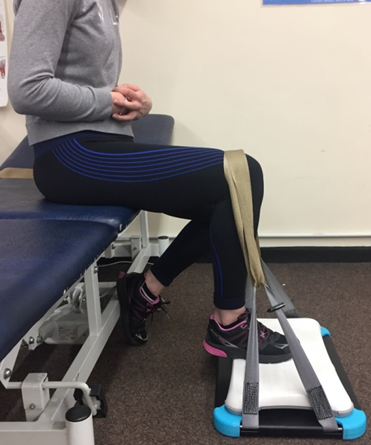
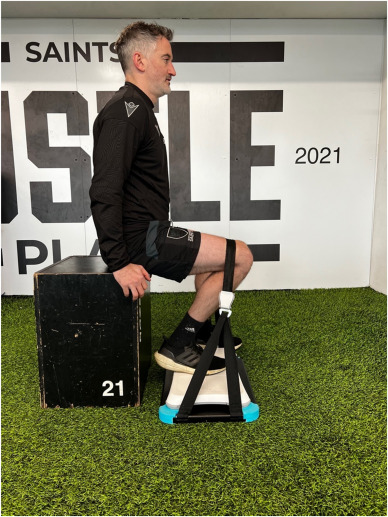
The validation and reliability paper has now been fully published
journals.plos.org/plosone/articl…
journals.plos.org/plosone/articl…
and the previous isometric paper is also accessible here
link.springer.com/article/10.100… @KThorborg @MichaelRathleff @TBandholm
It caused a bit of a stir when published as it went against the grain of current thinking, but later studies demonstrated the same findings as us.
link.springer.com/article/10.100… @KThorborg @MichaelRathleff @TBandholm
It caused a bit of a stir when published as it went against the grain of current thinking, but later studies demonstrated the same findings as us.
Since we now had a valid and reliable test we set about testing large numbers of people leading to @Matt_Physio PhD projects and this brill paper
sciencedirect.com/science/articl…
sciencedirect.com/science/articl…
This work demonstrates that Backs are arguably stronger than forwards
And this might explain why more forwards suffer calf and Achilles problems ?bjsm.bmj.com/content/45/10/…
#tighthead #props #rugby
And this might explain why more forwards suffer calf and Achilles problems ?bjsm.bmj.com/content/45/10/…
#tighthead #props #rugby

Where to now?
Well we have some work coming in football looking at normative values in around 150 players @Will_Peers. This work reports normative values and examines whether pre-season screening links to injury risk.
Well we have some work coming in football looking at normative values in around 150 players @Will_Peers. This work reports normative values and examines whether pre-season screening links to injury risk.

In Addition @Matt_Physio has his surveillance data over 1 season of Rugby analysing Achilles and Calf injuries and their association to calf strength and @UTC_imaging quantified structure. 

We also have work starting this month at @uhltherapy examining calf strength in #Achilles #tendon #ruptures for @SBP_Physio PhD 
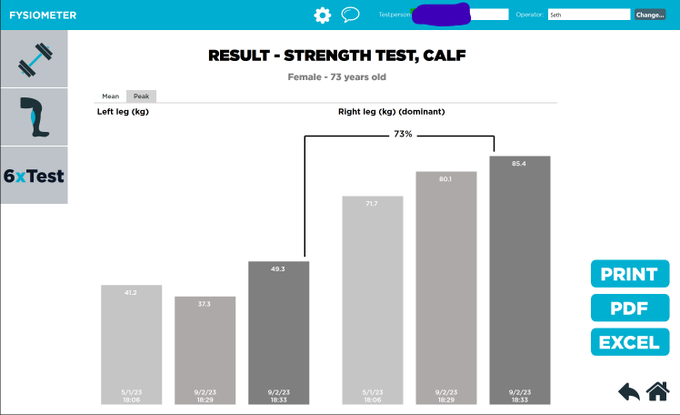
Also some large scale normative data published from @KimHebertLosier with more on its way using the calf raise app pubmed.ncbi.nlm.nih.gov/36121030/
apps.apple.com/us/app/calf-ra… working with @rj_devos et al
apps.apple.com/us/app/calf-ra… working with @rj_devos et al
Its not just plantarflexor strength and injuries that matter its performance
The existing literature shows a relationship to sprint speeds –
pubmed.ncbi.nlm.nih.gov/29963928/
pubmed.ncbi.nlm.nih.gov/22923384/
The existing literature shows a relationship to sprint speeds –
pubmed.ncbi.nlm.nih.gov/29963928/
pubmed.ncbi.nlm.nih.gov/22923384/
And they do a hell of a job during locomotion (steady state)
journals.biologists.com/jeb/article/21…
pubmed.ncbi.nlm.nih.gov/23246045/
(images from linked papers)


journals.biologists.com/jeb/article/21…
pubmed.ncbi.nlm.nih.gov/23246045/
(images from linked papers)



When quantifying strength consider the on-field demands and rectify strength to Body weight
as this is much more intuitive when comparing players and considering on-field demands.
as this is much more intuitive when comparing players and considering on-field demands.
So are plantar flexors important – hell yes, ✅
Are there valid ways for measuring it during rehab or performance monitoring ✅
Choose your weapon IKD, calf raise test, isometric and get quantifying -
:just be aware of some of the limitations - access, speed, DOMS etc
Are there valid ways for measuring it during rehab or performance monitoring ✅
Choose your weapon IKD, calf raise test, isometric and get quantifying -
:just be aware of some of the limitations - access, speed, DOMS etc
• • •
Missing some Tweet in this thread? You can try to
force a refresh
 Read on Twitter
Read on Twitter

